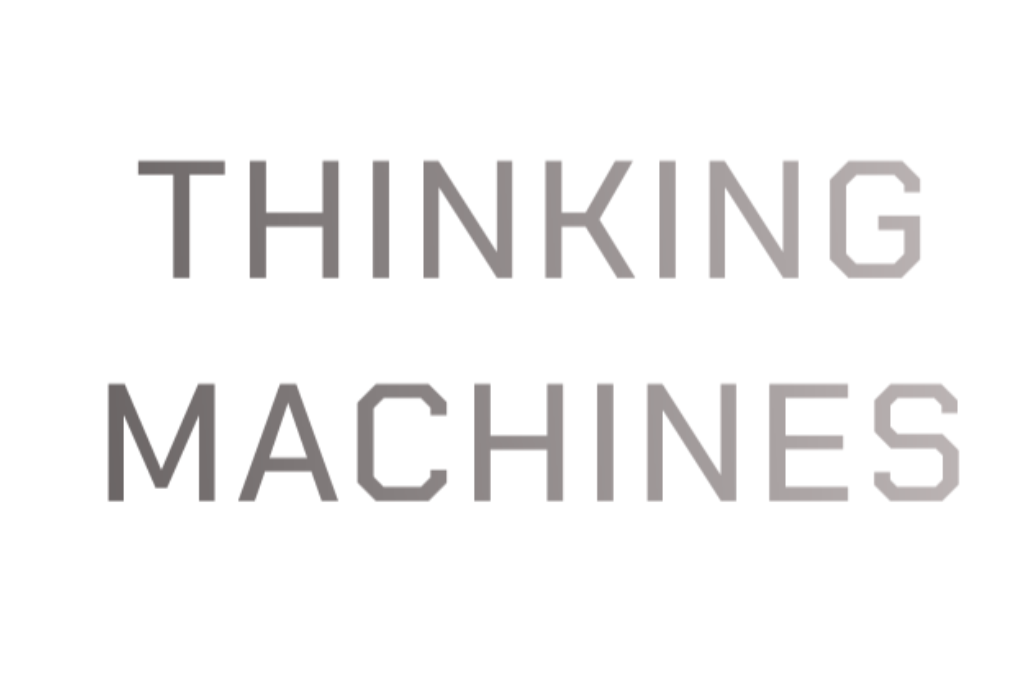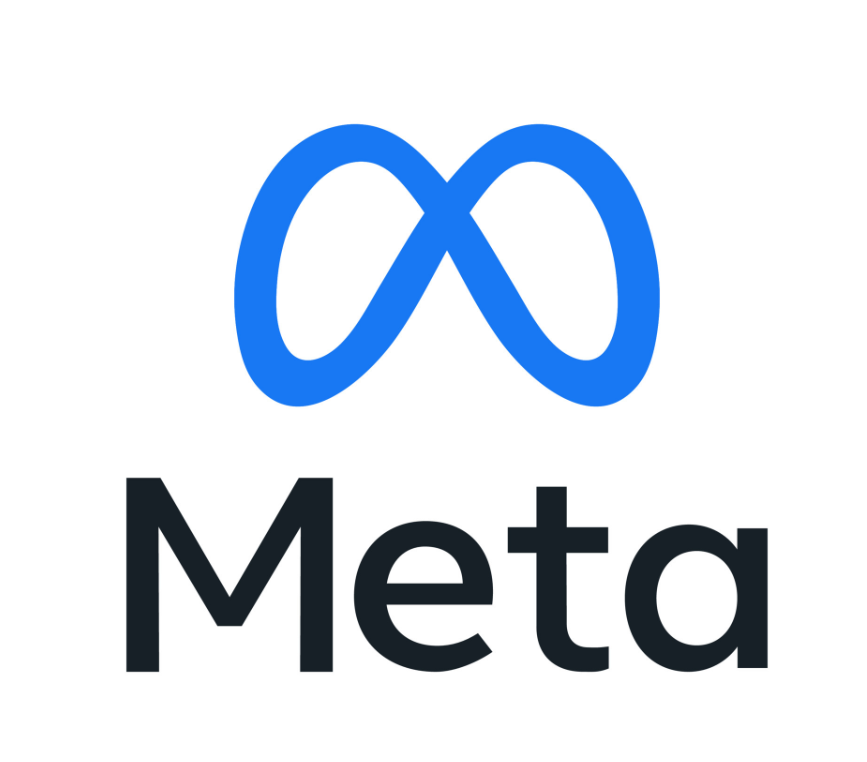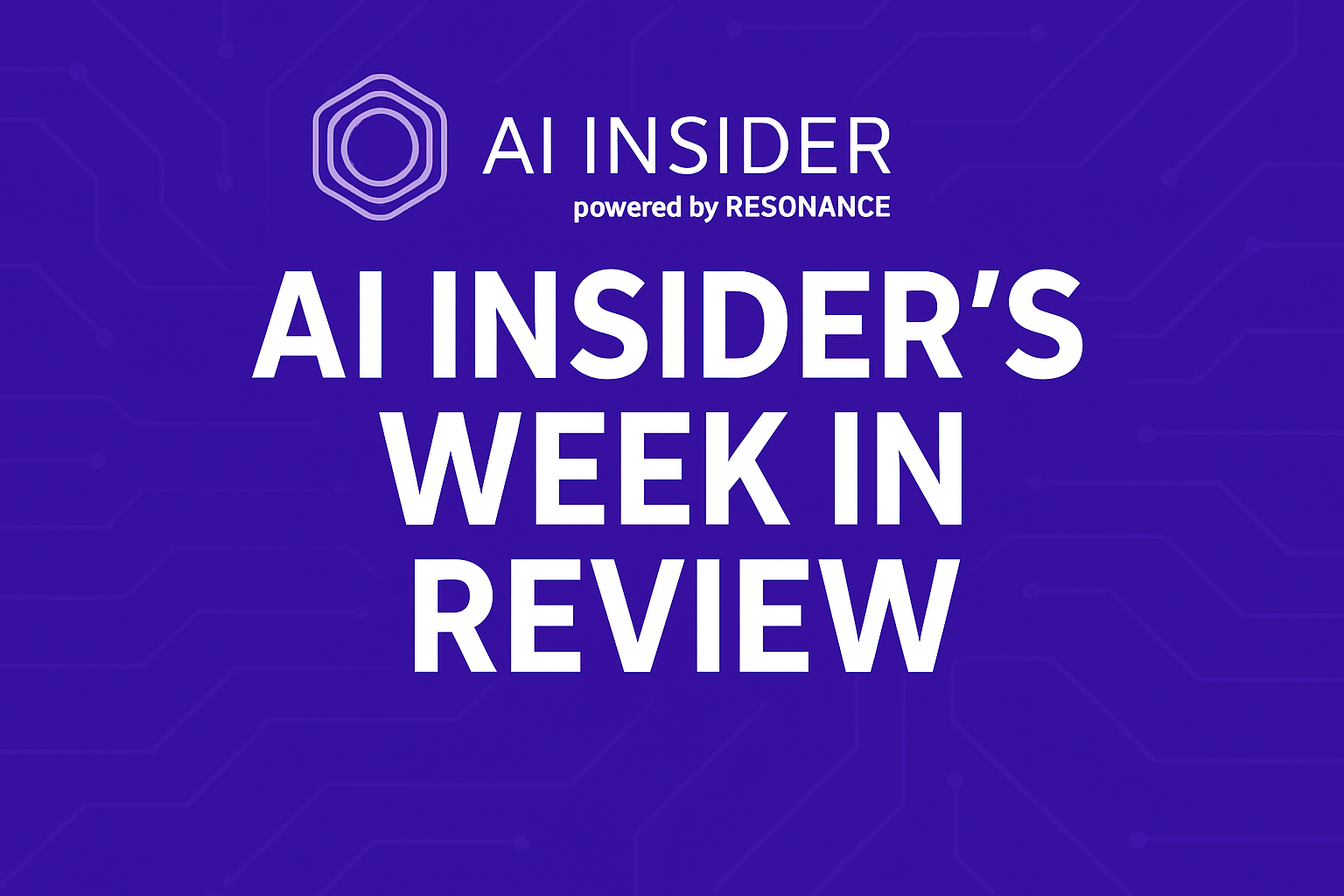Guest Post By Bina Khimani, Kinesis Cloud
Genomics has long been viewed as the ultimate key to personalized medicine. From unveiling the origins of rare diseases to fast-tracking drug discovery, our expanding ability to decode DNA is transforming healthcare. Yet, a looming obstacle could derail this progress: the growing scarcity and cost of compute power.
Artificial intelligence (AI) stands at the heart of today’s genomic revolution. AI enables everything from pinpointing elusive genetic mutations to predicting complex protein structures. These capabilities promise breakthroughs in fields as diverse as oncology, rare disease research, and regenerative medicine. But they come with an enormous computational price tag—AI algorithms now demand trillions of operations per second across vast datasets.
While researchers push genomic science to new frontiers, many labs and startups are in a race for computing resources they can no longer afford. This is the hidden crisis few outside the genomics community appreciate: one in which promising therapies may stall because compute access has become the new bottleneck.
Why Genomics Needs More Compute
The scope of modern genomics is staggering. A single human genome contains over 3 billion base pairs, and analyzing even one individual’s DNA can generate terabytes of information. But the field has moved well beyond simply sequencing entire genomes. Today’s researchers are using AI in ways we never imagined, including:
Protein Structure Prediction: Tools like DeepMind’s AlphaFold or the open-source OpenFold have unleashed new possibilities for understanding protein folding at atomic detail. This not only aids in drug design but helps researchers predict how mutations alter protein function—a crucial insight for rare and complex diseases.
Molecular Docking Simulations: AI-driven simulations allow scientists to evaluate how thousands or even millions of potential drugs might interact with specific proteins, accelerating the time it takes to discover viable treatments.
Rare Disease Identification: When only a handful of patients share the same genetic mutation, spotting meaningful patterns is extraordinarily difficult. AI’s ability to analyze massive, scattered datasets offers the only practical way to pinpoint causes and potential therapies.
Each of these tasks demands enormous computational firepower. Traditional academic supercomputers or hyperscale cloud platforms once provided a workable solution. But the tidal wave of AI-driven research in every sector—coupled with hardware constraints—has propelled costs beyond the reach of many in the genomics field.
The Hidden Crisis: Compute Power is Becoming Unaffordable
Over the past few years, AI research across all sectors has soared. From language models powering chatbots to image-generation tools for digital media, the need for high-performance computing (HPC) resources has hit unprecedented levels.
Simultaneously, the funding environment for biotech has shifted. Venture capitalists, once eager to fund genomic startups, are becoming wary of the steep infrastructure costs and extended timelines for returns. Government funding also faces perennial constraints, leaving universities and research institutions scrambling for solutions.
The result? Labs are postponing critical analyses, and promising biotech startups are forced to reevaluate their strategy on computational resources. In some extreme cases, entire projects are deferred. When compute spending overtakes salaries as the biggest line item in a research budget, it signals a tectonic shift that threatens the pace of discovery.
Why Affordable Compute is Critical for AI in Genomics
This is a fundamental scientific constraint. Every delay in running an AI model translates into slower progress on life-saving therapies. Consider the immediate impacts:
- Rare Disease Timelines: For patients with ultra-rare genetic conditions, time is precious. Faster computational analyses can expedite diagnosis and enable the development of targeted treatments that may save or dramatically improve lives.
- Cancer Research and Precision Medicine: The promise of tailoring treatments to individual genetic profiles hinges on rapid analysis of large-scale genomic data. Lengthy wait times for compute mean fewer insights in the fight against cancer.
- Drug Discovery and Development: Drug development is notoriously time-consuming and expensive. High-performance computing allows researchers to run simulations that can eliminate dead-end compounds early, speeding up the path to clinical trials.
With so much at stake, an affordable computing infrastructure must be viewed as an essential pillar of modern healthcare innovation.
Solving the Compute Crisis in Genomics
Ensuring continued progress in AI-driven genomics will require rethinking how we provision and utilize computational resources. Some key avenues for innovation include:
- Serverless Platforms: Traditional cloud providers often come with high overhead. New architectures that tap into serverless compute can reduce costs by allocating resources on demand and at scale, with per-second billing models.
- Specialized AI-Ready Infrastructure: Generic, one-size-fits-all computing environments are no longer adequate. Purpose-built clusters and optimized hardware—tailored for the unique workflows of genomics—can maximize efficiency while minimizing cost.
- Strategic Partnerships and Consortia: Research institutions, hospitals, and compute providers can form consortia to share costs and expertise. This collaborative approach ensures critical resources remain accessible, particularly for rare disease and early-stage research projects.
- Policy and Funding Reforms: Governments and funding agencies must recognize that compute power is as crucial as lab equipment. Grants earmarked explicitly for computational resources, or public-private partnerships to lower cloud costs, would drastically accelerate genomic discoveries.
In addition to cost and scalability, the growing reliance on complex computing infrastructure introduces new challenges regarding data privacy, intellectual property (IP), and regulatory compliance. As genomic research increasingly depends on cloud-based platforms and distributed AI models, safeguarding sensitive genetic data becomes a critical concern. These systems must deliver performance and meet stringent security standards and evolving global regulations like HIPAA and GDPR. Meanwhile, the integration of AI into discovery workflows raises difficult questions about IP ownership—especially when insights are generated collaboratively between researchers and algorithms. Without secure, compliant, and transparent computing environments, institutions risk eroding trust, slowing data sharing, and ultimately stalling the breakthroughs this infrastructure is meant to accelerate.
A Potential Turning Point
AI offers unparalleled opportunities to push genomics into a new era—where breakthroughs in personalized medicine become everyday realities. But that promise hinges on our collective ability to secure, sustain, and scale computational power.
If we fail to address this bottleneck, the cost will be larger than delayed research projects or missed corporate earnings. It will impact human lives, where potential treatments and cures never make it beyond the data-crunching stage.
The genomics revolution is here. The only question is whether we’ll rise to meet it. Ensuring equitable access to the computational horsepower behind AI will accelerate science and redefine what’s possible in patient care for generations to come.
About Kinesis Cloud
Kinesis Cloud is a revolutionary platform that solves the critical shortage of computing access for AI developers, researchers, and enterprises. By connecting GPU providers with those who need computing power, Kinesis makes high-performance computing more efficient and accessible. Trusted by enterprises, academic institutions, and research organizations, Kinesis democratizes access to the vital infrastructure needed for AI development and data-intensive research. For more information about how Kinesis Network solves the compute access shortage, visit https://kinesiscloud.com/






